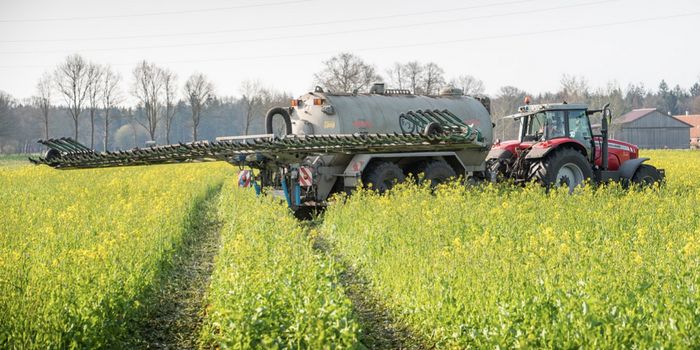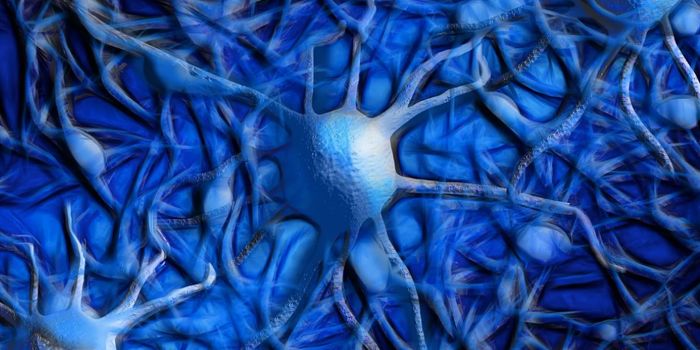tRNA 'Wobble' Helps Cells Boost Antibody Production
The various identities of cells, whether they are in the brain, heart, kidney, or any other tissue, are defined by the genes they expressed. In basic terms, the genes that are active in a cell are transcribed into RNA molecules that are then translated into proteins using tRNA molecules. In the genetic code, three base pair sequences of DNA, or codons, represent amino acids. These amino acids are moved into place by tRNA molecules, which have matching anticodons, to make proteins. There is redundancy in the genetic code as well, in which one amino acid can often be encoded by a few different codons.
Protein production varies considerably in different cells, and this is especially notable in cells that generate antibodies. These cells often have to spring into action and shift into high gear to generate many infection-fighting antibodies quickly. These antibody producers are B cells, and they often make significant metabolic adaptations when they're needed.
There are 61 codons that encode for 20 amino acids, plus stop and start codons; 18 of 20 the amino acids are encoded by several codons. It was once thought that mutations in genes that did not alter the amino acid would not have any effect; these have been called silent mutations. But these small, seemingly harmless mutations can have an effect.
A careful analysis of genomes has shown that organisms tend to prefer some codons over others, and the distribution of synonymous codons is not random. That codon preference is also known as codon bias.
Researchers have now shown that an unusual use of a special codon seems to improve the efficiency of antibody production in B cells. Their findings have been reported in Science.
The work showed that in genetic sequences for antibodies, there are often codons that have no tRNA match. Geneticists have noticed this before, and it's been proposed that these codons that don't seem to be decipherable actually allow for flexibility, or so-called wobble in tRNA. This allows for the use of multiple different codons from these wobbly sequences.
In this study, the researchers identified a genetic modification called a super-wobbler, which is found in plasma B cells that make many antibodies. This modification is called inosine (I34). These are modifiable anticodons, and enable one tRNA to decode several synonymous codons through the wobble effect.
The researchers analyzed the translation of I34 in the same protein. They determined that when I34-dependent codons were involved, antibody-producing cells became more efficient at translation compared to non-antibody-producing cells. In a mouse model, B cells that expressed more I34-dependent receptors seemed to increase survival.
"It was surprising to me; the most common codons used in human antibody heavy chains, over and over, were ones with no corresponding tRNA gene in the genome," said corresponding study author and Professor Facundo D. Batista, PhD, the Associate and Scientific Director of the Ragon Institute. "I have worked on B cell receptors my entire career, and I had never considered this angle. Every immunologist I spoke to shared a similar reaction."
This work could have significant implications for the industrial production of antibodies that are used in therapeutics, and potentially vaccine design as well.
Sources: Ragon Institute of MGH, MIT and Harvard; Science









